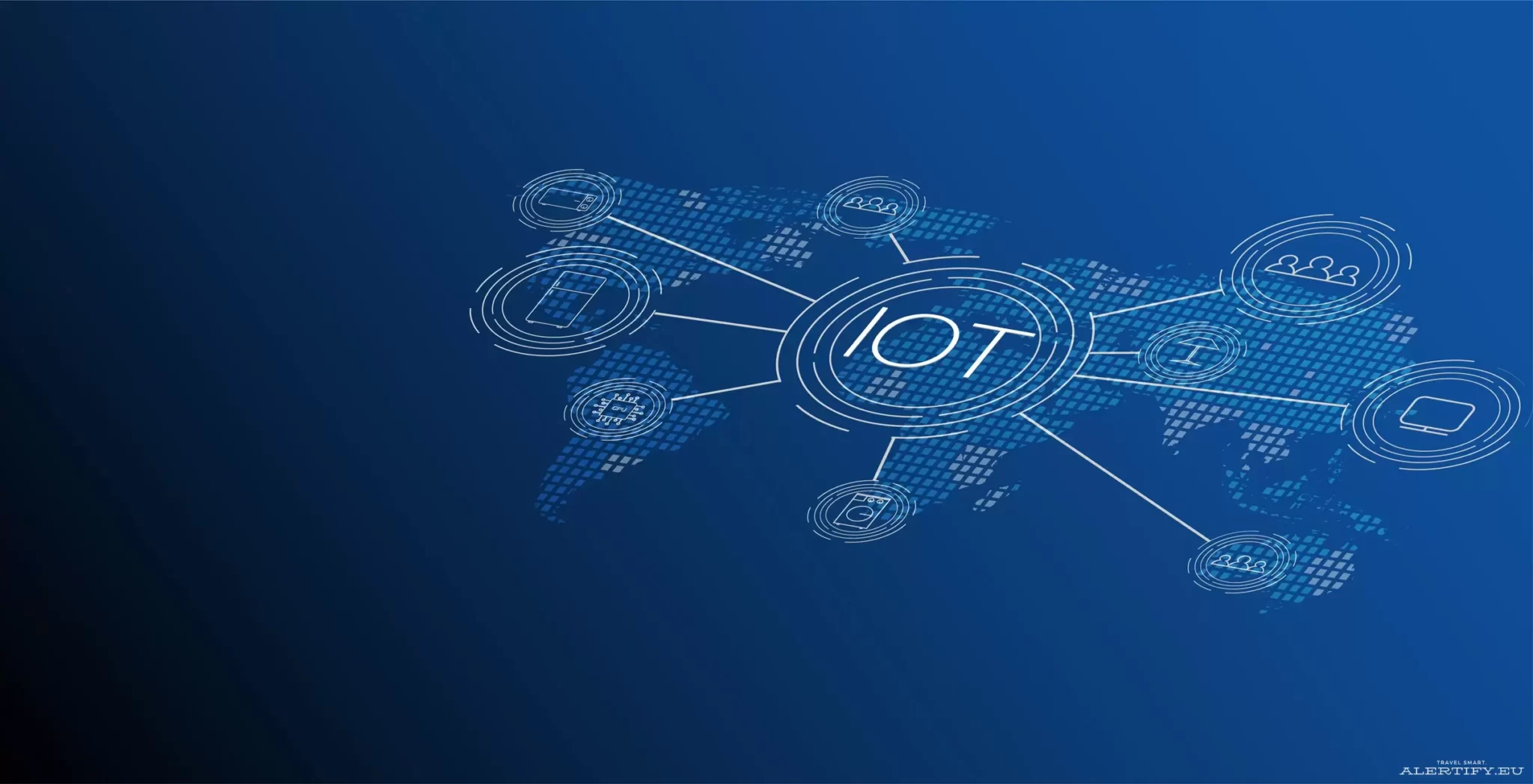
IoT-Enhanced Mobile eSIM: Unlocking Future Connectivity
In today’s hyperconnected world, the Internet of Things (IoT) is undeniably one of the biggest innovations in recent years. From the fitness trackers we wear to the fleet-management solutions that keep us informed about our delivery packages to the sensors that promote increased energy efficiency, the IoT is transforming not just the way people live but also how businesses and governments conduct their operations.
And its potential is evident, with McKinsey estimating IoT could unlock up to $12.6 trillion in global economic value by 2030.
Why Connectivity is Key to IoT Success
To truly realize IoT’s potential, connectivity is key. Trusted, reliable, and secure mobile connectivity across platforms is essential, and modern cellular technologies are increasingly leveraged to connect IoT devices. This is where eSIM has emerged as a game-changer, cutting through complexity and promoting simplified global connectivity and advanced security.
The Rise of eSIM in the IoT Landscape
What is eSIM?
eSIM, or embedded SIM, is a technology that allows SIM cards to be reprogrammed and embedded within devices. This means consumers can choose any service provider without needing a physical SIM card. According to GSMA Intelligence, eSIM-enabled solutions will grow across most industries during 2024–25, and by 2030, eSIM is expected to account for 37% of cellular IoT connections.
Key Benefits of eSIM
eSIM technology brings several advantages to the IoT ecosystem:
- Unique Identity: Each device gets a unique identity, making it easier to manage and track devices within a network.
- Enhanced Security: eSIMs provide secure credentials that can be updated remotely, reducing the risk of unauthorized access.
- Interoperability: eSIMs work seamlessly with different service providers, ensuring devices from various manufacturers can work together.
- Scalability: Adding or removing devices from a network is easier with eSIM, ideal for large-scale IoT environments.
- Efficient Management: Simplifies the management of IoT devices, eliminating the complexity of physical SIM cards.
- Remote Provisioning: eSIMs can be programmed remotely, essential for devices spread across different locations.
eSIM and M2M Devices
In the realm of machine-to-machine (M2M) devices, reliable connectivity is crucial. M2M eSIMs are designed for IoT sensors, meters, trackers, and devices that require minimal onsite human intervention. A remote command from the subscription management platform can push profiles to devices, enabling mass profile management in IoT setups with many geographically distributed endpoints.
eSIM: The Gateway to the Identity of Things (IDoT)
From IoT to IDoT
eSIM is pivotal in transitioning from IoT to the Identity of Things (IDoT) by providing unique identities, enhancing security, supporting interoperability, and simplifying device management.
- Unique Identity: Allows for easier management and tracking.
- Enhanced Security: Secure credentials updated remotely.
- Interoperability: Works with different service providers.
- Scalability: Ideal for large-scale environments.
- Efficient Management: Reduces complexity associated with physical SIM cards.
- Remote Provisioning: Programmed to connect to a network without physical access.
Flexible Connectivity
One of the major benefits of eSIM is its ability to support multiple connections per device. It allows flexible, secure, and independent connectivity, enabling hassle-free switching between networks and saving space for sleeker device designs.
Integration of eSIM and IoT Connectivity
The Role of IoT Connectivity
IoT connectivity enables machines to communicate, facilitating more collaboration between humans and machines. This produces a massive amount of data, and eSIM plays a larger role in IoT cellular connectivity by authenticating devices when they are turned on. This means there is no need to provision initial credentials if an IoT project employs the eSIM as an authentication token.
Enhancing IoT with eSIM
The eSIM can authenticate a device without an authentication backend, provided the eSIM provider includes unique authentication. This ensures secure and seamless connectivity for IoT devices.
The Future of AI and IoT Connectivity
eSIM as an Enabler
eSIM is a key enabler of seamless, secure, and interoperable connectivity for IoT devices. The combination of AI and IoT (AIoT) holds significant potential for transforming various industries and our daily lives.
Upcoming Trends in AI and IoT
- Greater Integration: AI and IoT will be more seamlessly integrated, enabling informed decision-making with limited human intervention.
- Edge AI: AI algorithms will run on IoT devices or at the network’s edge, becoming more prevalent.
- Improved Automation & Predictive Maintenance: AI will enhance automation in IoT systems and predictive maintenance in industrial segments.
- Healthcare Wearables: AI-enhanced IoT devices, including wearable health trackers, will provide more accurate health monitoring and early disease detection.
Synergy Between AI and IoT
The synergy between eSIM-enabled IoT and AI promises better integration, automation, and improved decision-making across various domains. Amid evolving regulations and specifications, the integration of IoT and AI will continue to support consumers and businesses alike, unveiling the true potential of these technologies.
Conclusion IoT-enhanced mobile eSIM
The journey of IoT-enhanced mobile eSIM technology is just beginning. As we continue to innovate and integrate these technologies, the potential for seamless connectivity, enhanced security, and improved device management will grow exponentially. The future of eSIM, IoT, and AI together promises a world where devices communicate effortlessly, providing immense value to both consumers and businesses.










